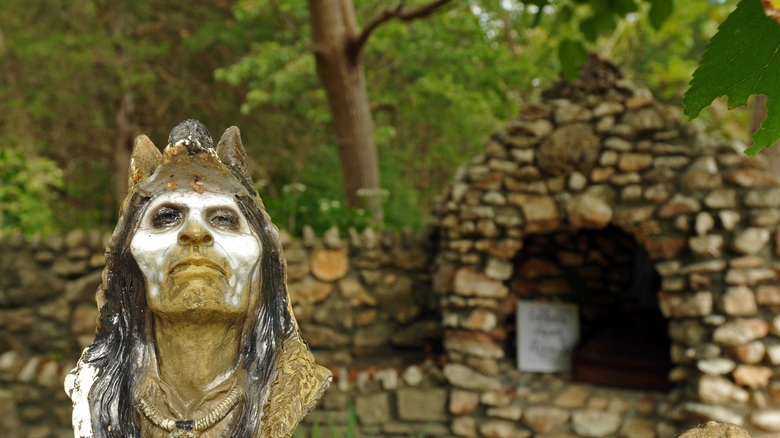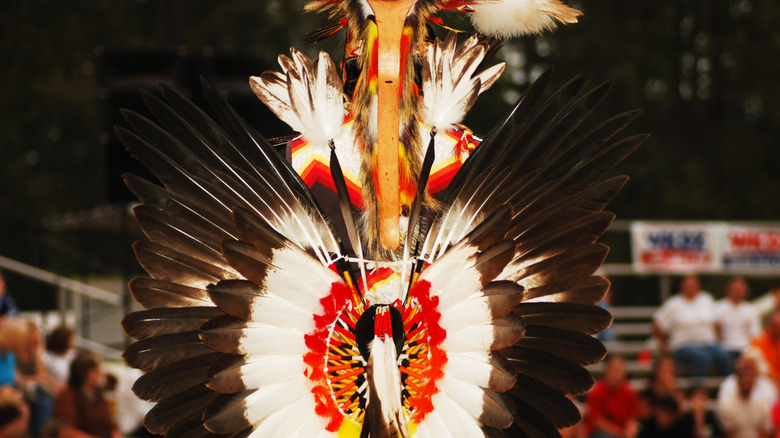This Is Why The Trail Of Tears Really Happened
The forced trek of Native Americans from their homelands in the Southeast, over more than 5,000 miles across parts of nine states to lands east of the Mississippi in Oklahoma, a place they knew nothing about, is one of the saddest chapters in American history. In 1830, President Andrew Jackson signed the Indian Removal Act (per History), and the U.S. government began forcefully removing native peoples from their ancestral homes in a deadly and ruthless march known as the Trail of Tears (via U.S. History).
Thousands of Native Americans died during the brutal journey to the designated area across the Mississippi River. Most were forced from their homes with nothing and fell victim to cold, hunger, and disease along the way, according to PBS. The reason behind the forced relocation was simple: greed. Great wealth was at stake in a gold rush on Cherokee lands in Georgia in 1829, according to Britannica, and land speculators wanted the federal government to hand over control of tribal property to the states.
At the heart of the Trail of Tears is greed
White settlers had long coveted the lands of the indigenous tribes, many with highly valuable farms in well-developed prime agricultural areas (via Britannica), as the European white population expanded into the southeastern U.S. Jackson's Indian Removal Act of 1830 eventually freed up some 25 million acres after moving thousands of people from five indigenous nations into what was called "Indian Territory," in what is now the State of Oklahoma. The Native American farms were often ready for immediate occupancy and profit with cleared and plowed fields, fenced pastures and barns and houses (via Britannica). Not only were these lands of the southeastern tribes ideal for white settlement, they would give rise to another highly profitable venture, the rise of the south's largest crop, cotton, and the institution of slavery.
While the heart-wrenching tragedy of the forced relocations is without doubt a story of cruelty, suffering and intolerance, a dark stain on American history, it is also an example of incredible perseverance and survival that lives on today in the ancestors who somehow forged a future out of the terrible Trail of Tears.

